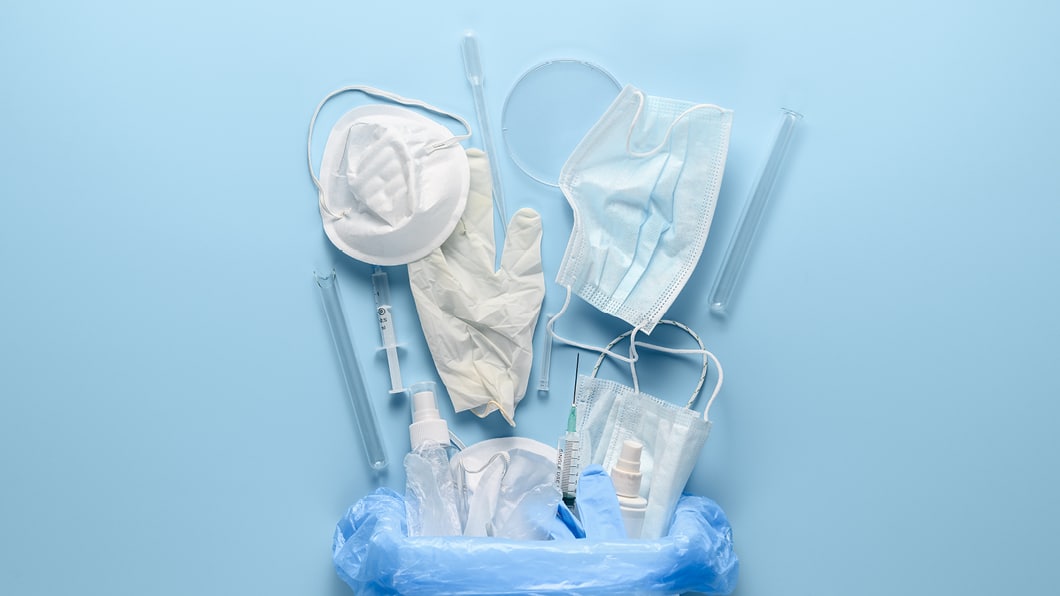In a manner parallel to many other industries, the medical equipment sector is in the midst of a sustainability transformation. Regrettably, stringent regulations contribute to a relatively gradual pace of change within this industry compared to others. Nonetheless, positive strides towards sustainability are in progress.
Several measures can be adopted to curtail waste production and mitigate the ecological harm arising from this waste. Among the most effective initial steps is the enhancement of medical labelling practices. The medical field plays a pivotal role in modern healthcare, where essential tools like catheters, needles, and syringes serve a diverse array of medical procedures, saving countless lives in the process. Yet, a substantial portion of these tools are designated for single use, leading to a significant accumulation of waste, some of which may be tainted, toxic, and perilous to both humans and wildlife.
Waste Reduction
The magnitude of medical device waste generated daily across hospitals, clinics, and healthcare establishments worldwide necessitates decisive action. The superfluous hazards and environmental repercussions stemming from medical waste are avoidable and warrant attention. By diminishing waste output, manufacturers of medical devices can not only reduce their carbon footprint but also cultivate a reputation as environmentally conscientious entities. This can yield augmented customer loyalty and an expanded market share. Moreover, waste reduction can drive down manufacturing expenses, ultimately resulting in more accessible medical devices for patients.
The Role of Labelling
The act of labelling holds substantial potential as a straightforward and highly effective means of curbing waste in the medical device sector. By employing accurate labels on every item, the process of safe disposal becomes notably streamlined. Proper labelling promotes responsible disposal and recycling practices by offering lucid and succinct information regarding the product’s composition and the appropriate methods of disposal. This, in turn, can influence consumer behaviour, urging them to engage in conscientious product disposal. Furthermore, labelling can foster product reuse, elongating a product’s lifecycle and diminishing waste.
Various factors contribute to the waste predicament in the medical device industry. These include packaging materials, surplus inventory, and product expiration. The consequential waste materials can exert a substantial toll on the environment and human health, spanning pollution, escalated greenhouse gas emissions, and the propagation of diseases.
Factors Amplifying Waste Generation
Stringent Regulation: The realm of medical devices operates under stringent controls and regulatory frameworks, posing challenges to the implementation of change, as waste disposal necessitates adherence to established guidelines.
Contamination: Waste items frequently carry some form of contamination due to exposure to bodily fluids, bacteria, viruses, and chemicals.
Lack of Disposal Methods: A considerable portion of medical waste is hazardous and mandates specific disposal procedures, often requiring high-capacity incinerators and specialized equipment.
Medical device waste poses considerable risks to both humans and ecosystems. Hazards extend to healthcare professionals, custodial staff managing waste, local residents in proximity to healthcare facilities and wildlife in areas designated for waste disposal.


Recent Comments